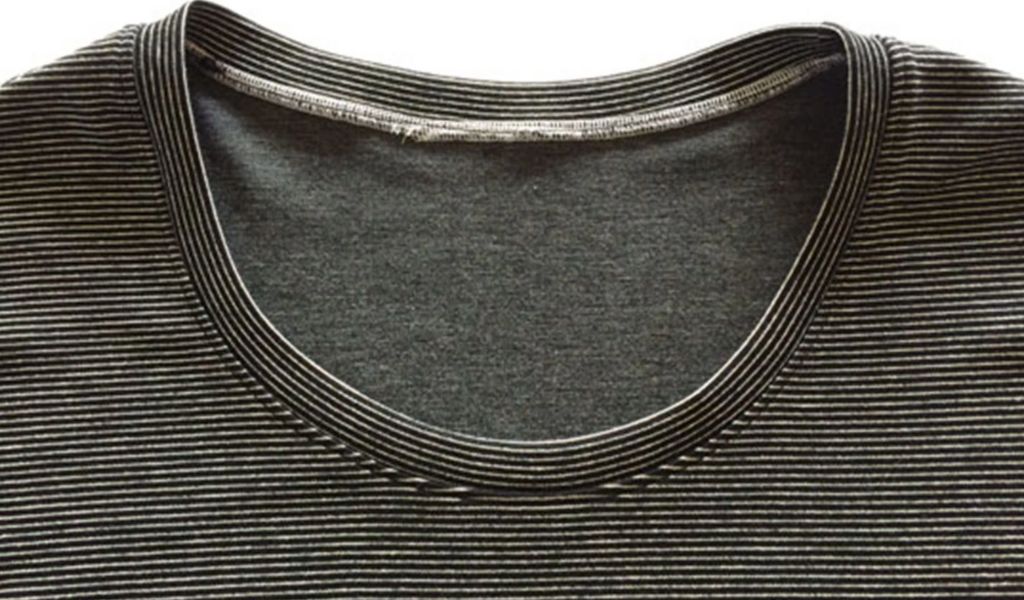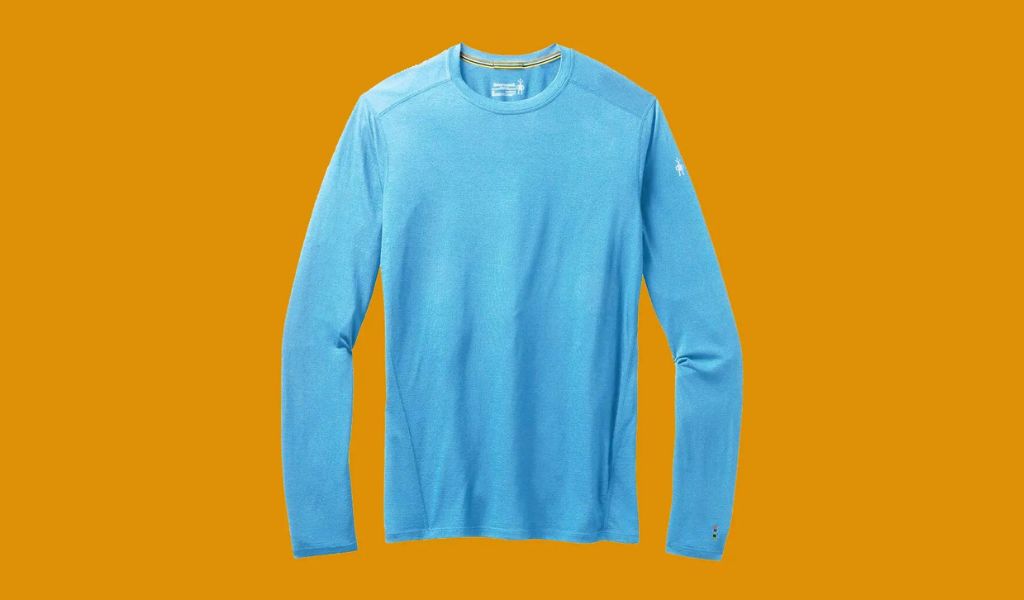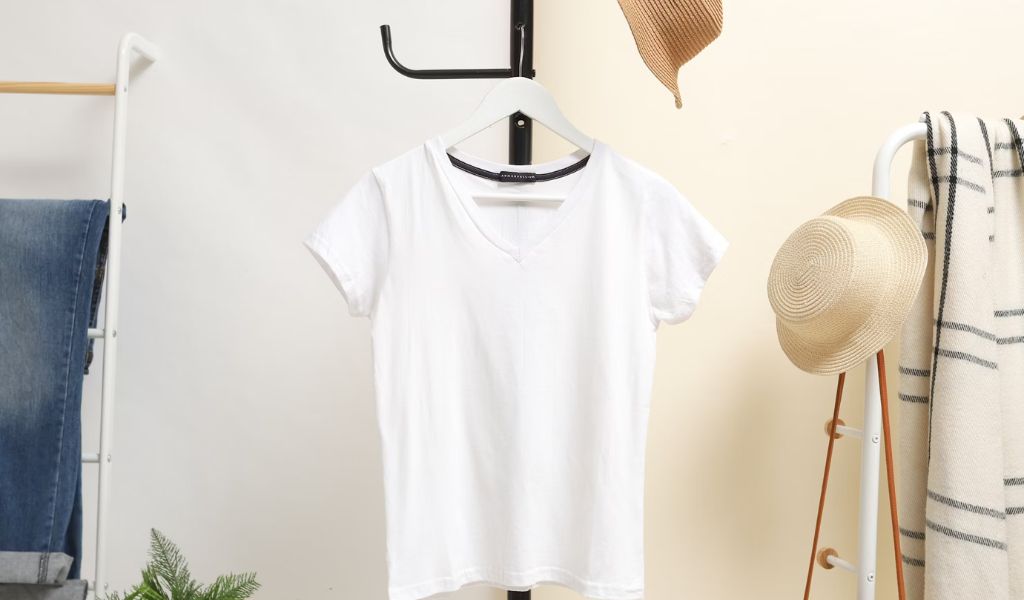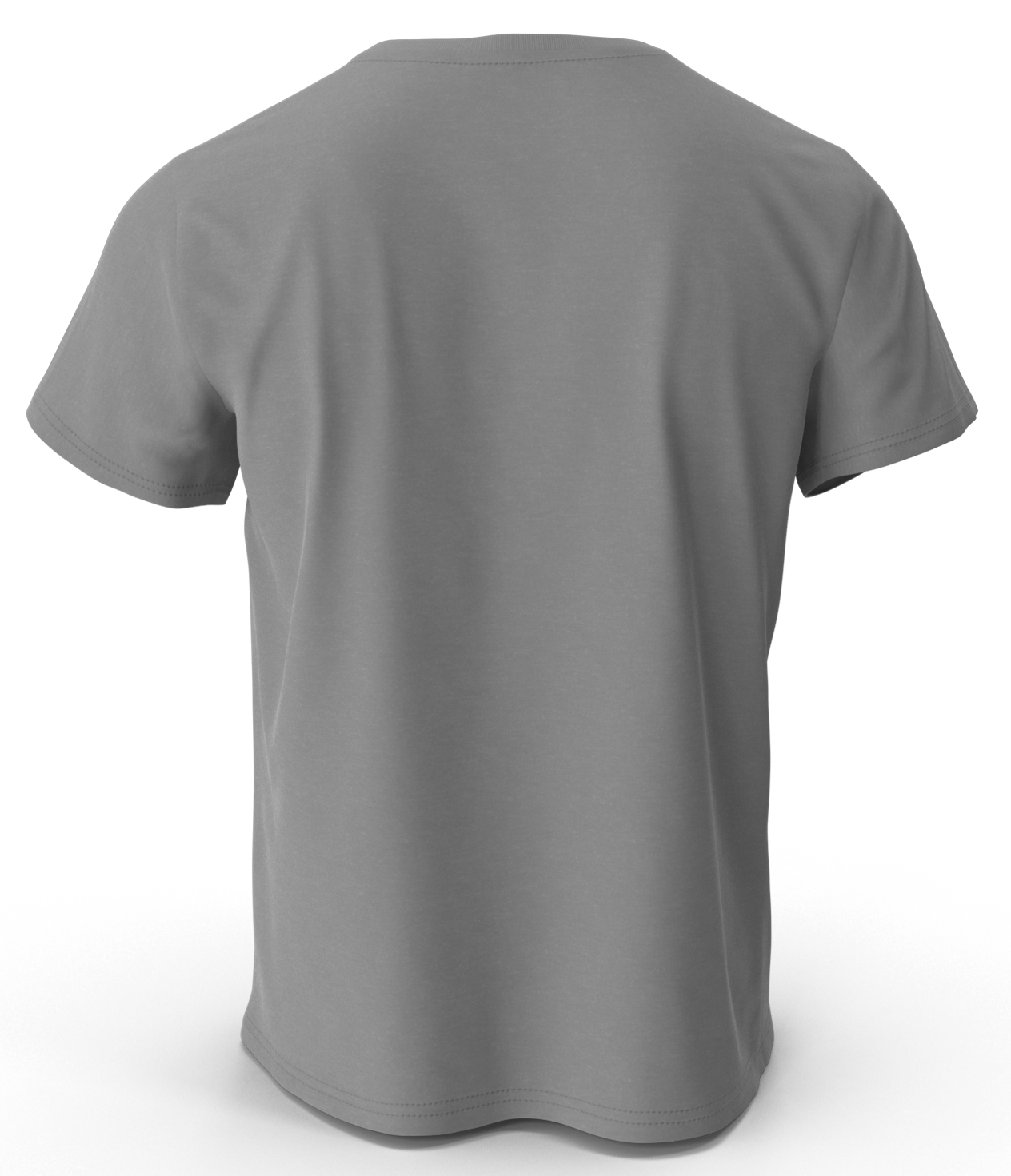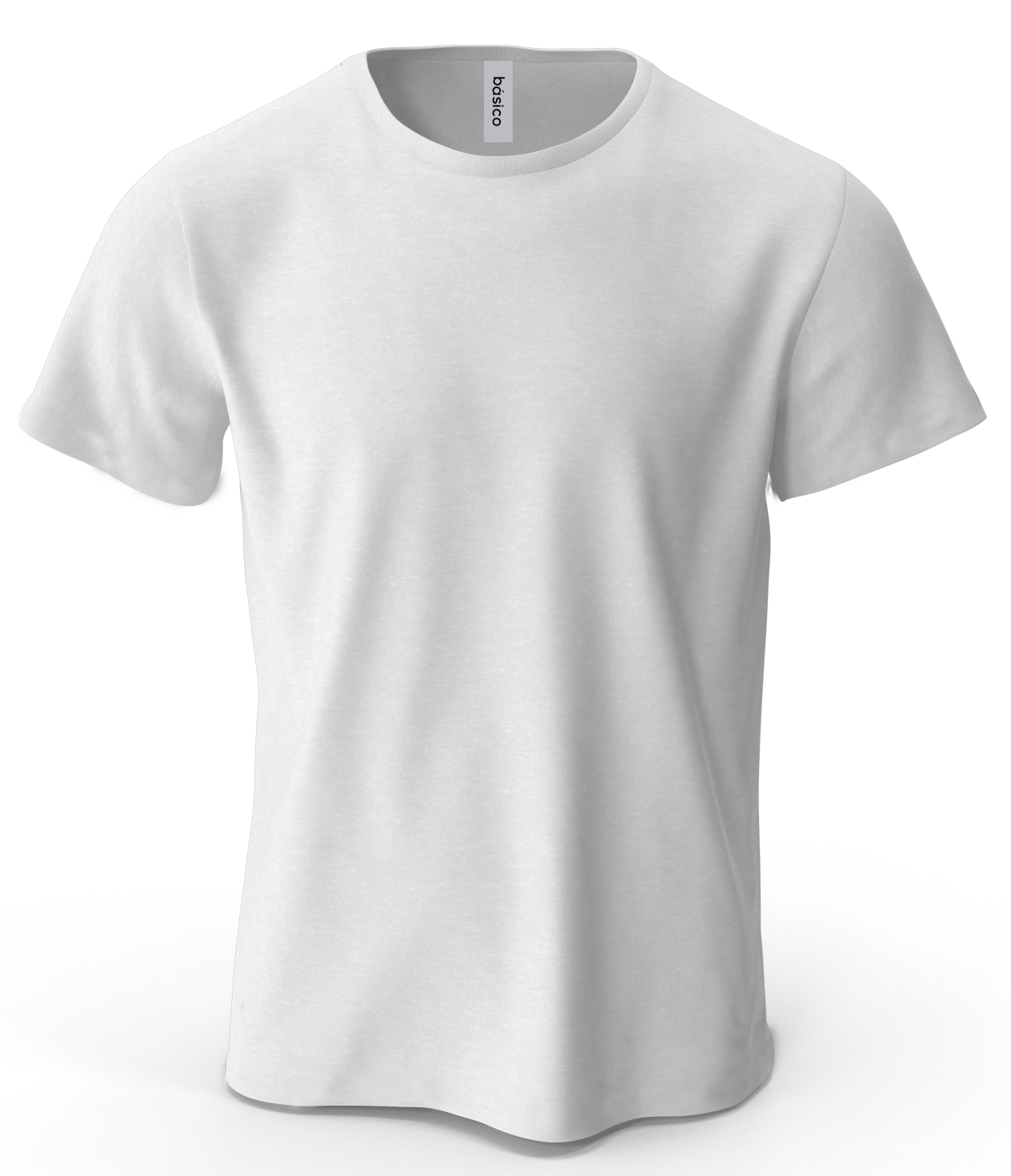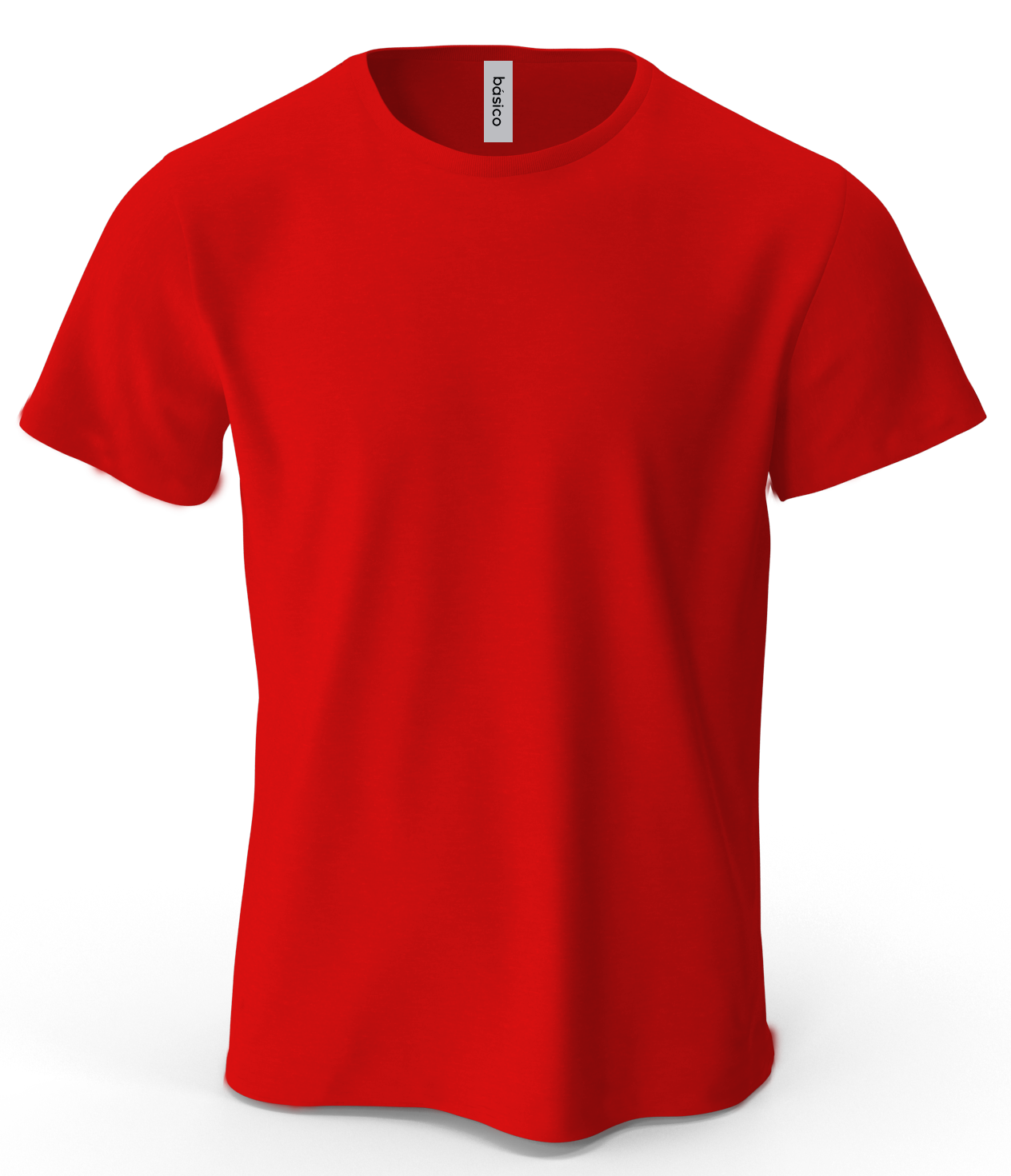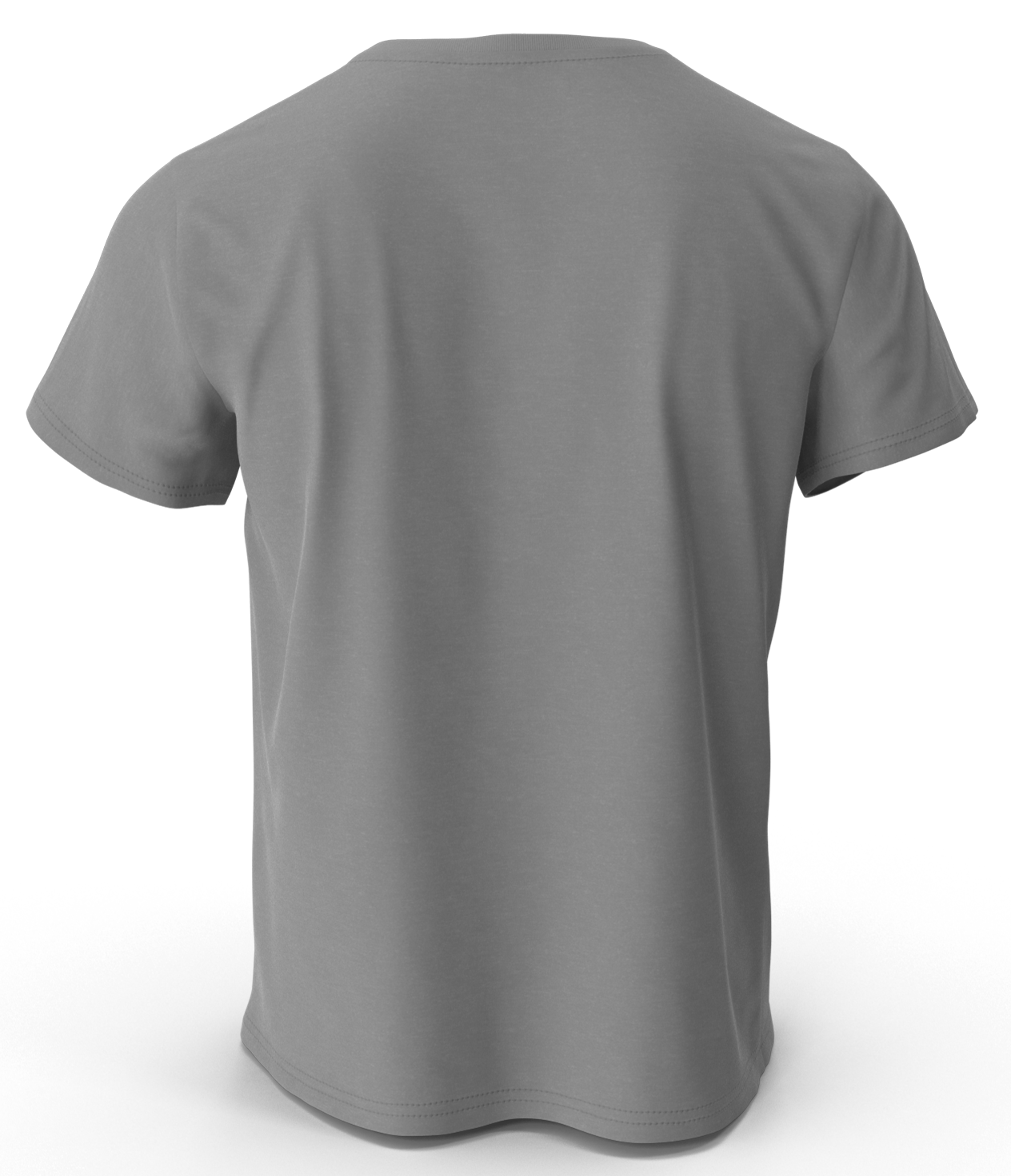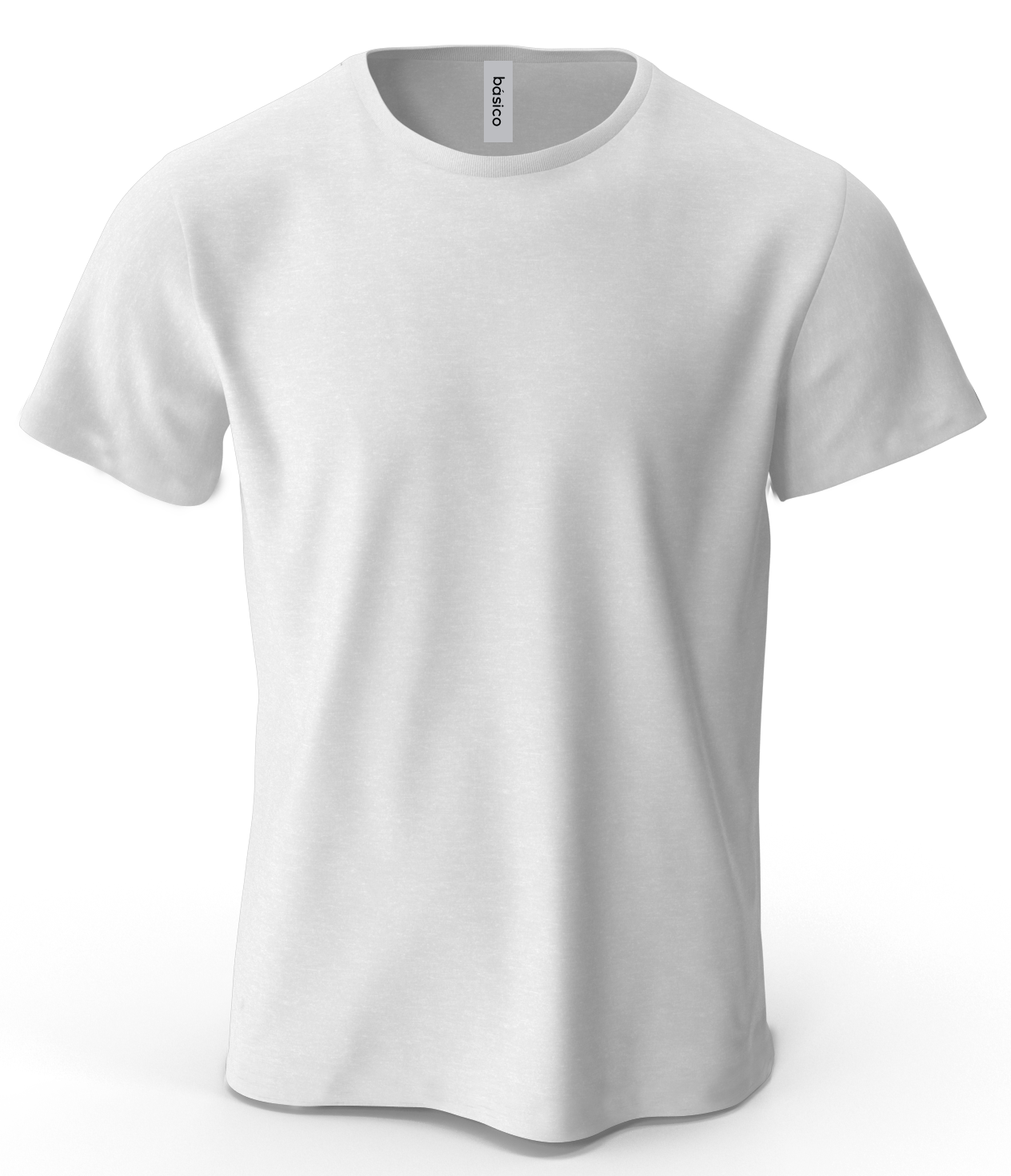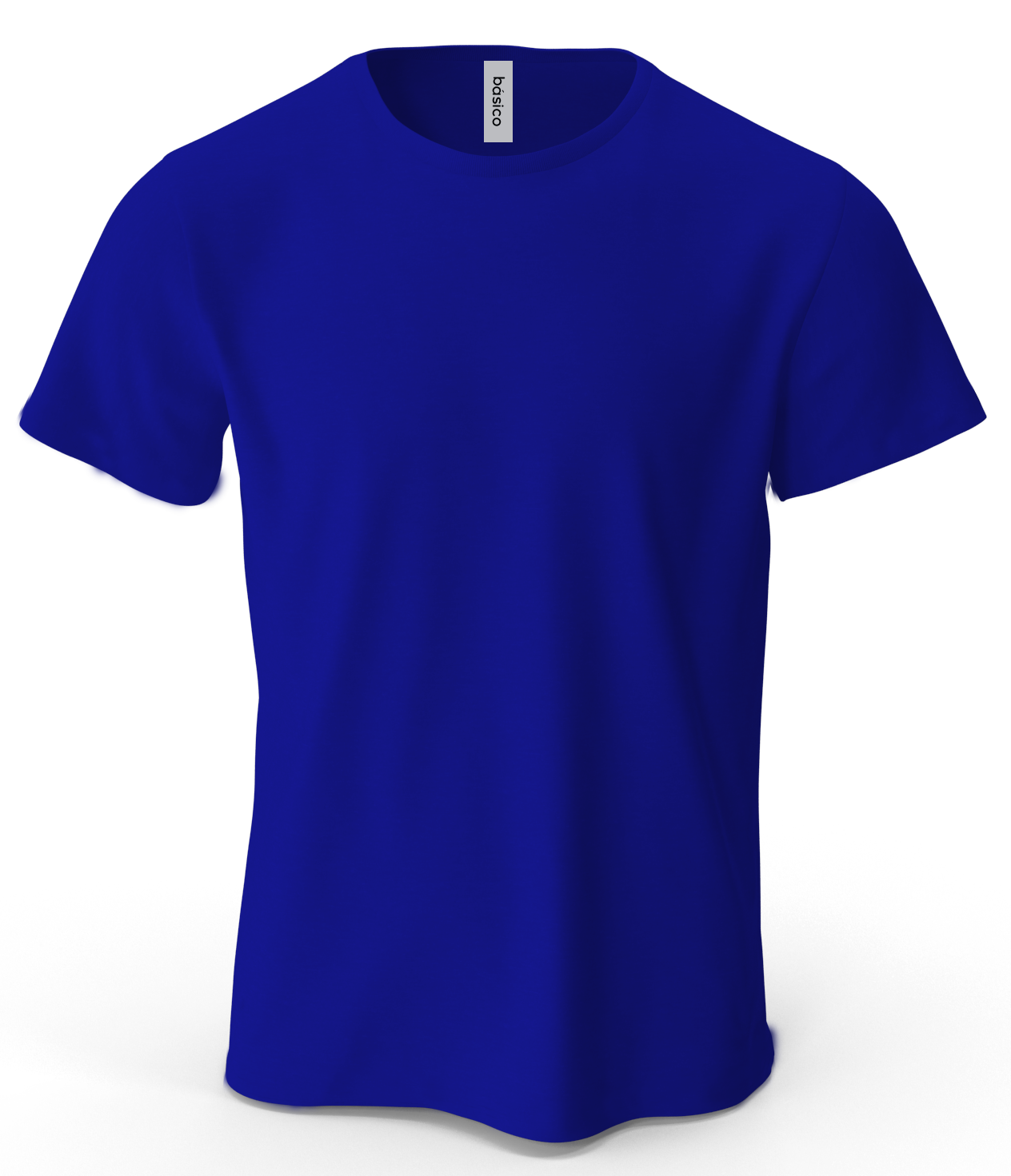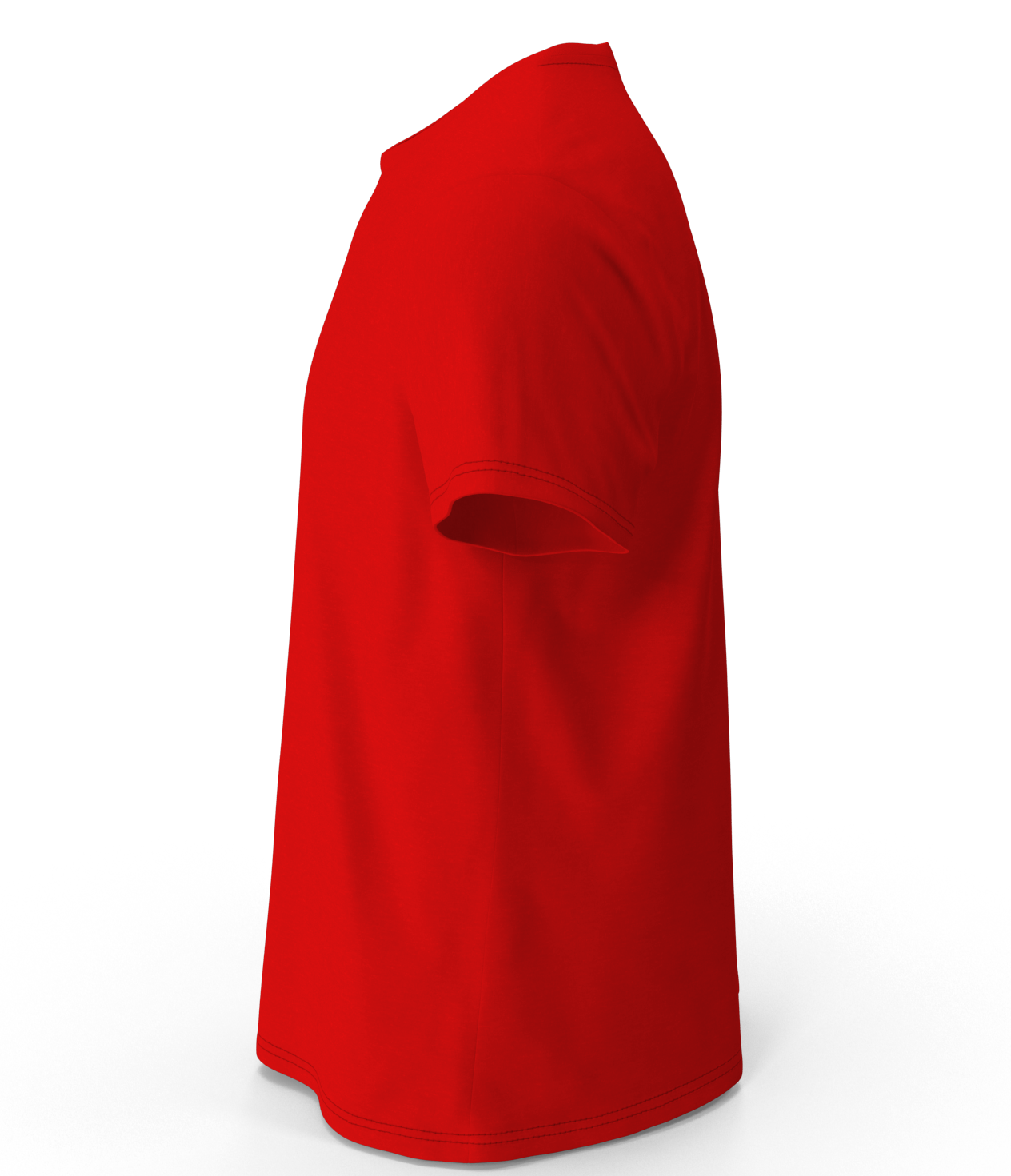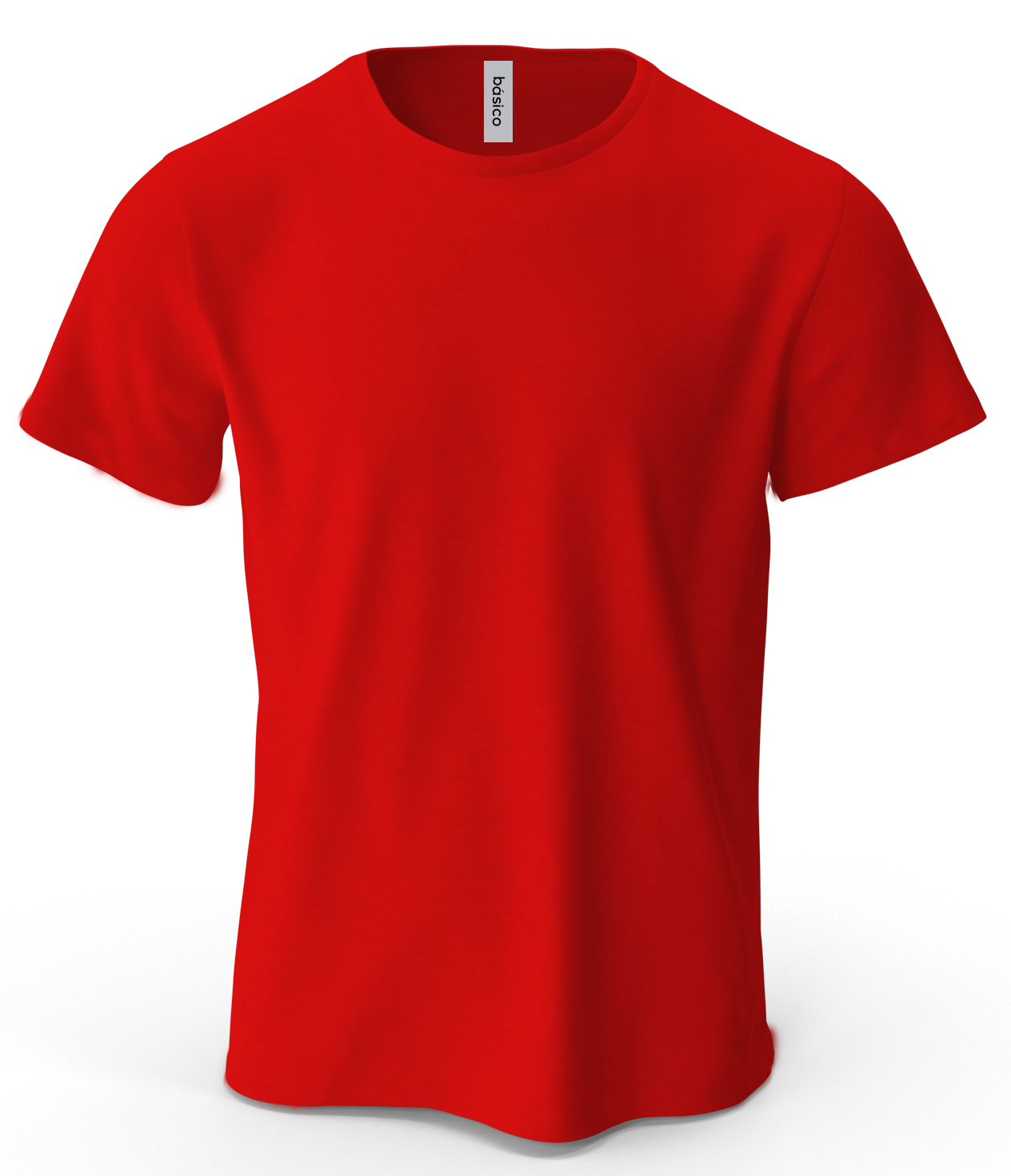
What Sizes To Buy When Buying T-Shirts In Bulk: A Step-By-Step Guide

Do you love fashion and want to make money from it? Imagine a collection of fashionable clothes that are ready to satisfy the needs of your customers. This article will help you unlock the secrets to buying clothing in bulk, whether you are a fashion lover or an entrepreneur. Understanding the art of buying in bulk for resale will help you succeed in a fashion world that is constantly changing. Considering what sizes to buy when buying T-shirts in bulk ensures that you meet the needs of various body types among your intended recipients.
This guide will take you step-by-step through the entire process. From identifying your target audience to getting the best deal with suppliers, this guide will highlight the why and how bulk buying. We will explore the pros and cons of buying clothes in bulk. It's important to think about a variety of sizes when buying T-shirts to accommodate different body types in your target market.
What Sizes To Buy When Buying T-Shirts In Bulk?

What sizes to buy when buying T-shirts in bulk depends on understanding your target audience's preferences and demographics? It's important to consider the customer base when purchasing T-shirts. A comprehensive collection will typically include a wide range of sizes, from Small (S), to Extra-Extra Large (XXL), which covers a range in chest measurements. This selection is for individuals with chest measurements ranging between 34-36" for Small and 50-52" for XXL. It is important to tailor your purchase according to the demographics of your audience. Younger or smaller demographics may prefer smaller sizes such as S and M while groups or events that favor a more loose fit might require more L, XL or XXL. You can make sure that your distribution is well-rounded by gauging the preferences of your audience and referencing size charts or samples provided by your supplier.
What Is Clothing Bulk?
Bulk clothing is the purchase of many garments at once, usually from wholesalers and manufacturers. You can get large quantities of clothing instead of purchasing individual items. This method offers many advantages such as cost savings, consistent product availability, and the ability of catering to a wider customer base.
Bulk clothing is an efficient way to offer a variety of styles and sizes. This allows businesses to update their inventory without buying single items over and over again.
What Are The Advantages Of Buying Clothing In Bulk?
Bulk clothing purchases come with a number of benefits. Get a sneak peak at the latest trends. Enjoy great prices, thanks to special offers from manufacturers.
Bulk purchases make scaling your business easy, and keep your shelves full of products. This keeps your customers happy. You can also test the market with small quantities and still get great terms and friendly customer support from your suppliers.
Decide Your Market And Niche
To start a fashion company, you need to do research and understand your niche and target market. To start, you should invest time in learning about your target customers. Focus your efforts more effectively by creating a relatable persona of the customer that reflects their personality, style, wants, needs, and shopping habits. Within this group, you can then explore the specialized segments that your business will be targeting and tailor to their individual style preferences. This comprehensive approach can help you to stand out in the highly competitive fashion business startup sector.
Finding Wholesale Suppliers And Manufacturers:
In order to launch a successful fashion company, it is important to research wholesale suppliers and manufacturers. Finding dependable partners to supply the clothing you need for your shop is key. Start by identifying the clothing items you wish to sell and explore diverse sourcing options such as labels, manufacturers, wholesalers and B2B marketplaces.
Use online resources such as directories and search engine to identify potential suppliers. Establish strong relationships and negotiate prices that are aligned with your business goals. This will ensure that you have reliable connections to help your fashion venture grow.
Set Your Budget And Quantity Requirements:
In order to launch your fashion business, it is important to set a budget and determine your requirements. Assess your financial resources, and determine how much money you have to invest in wholesale clothing. You should consider factors such as production costs, shipping charges, and possible overhead expenses. Determine the number of items that you will need to order in order to adequately stock your online store.
Take into account factors such as seasonality and trends, which may affect the quantity you order. Achieving the right balance between quantity and budget will ensure that your fashion business has a cost-effective and efficient procurement process.
Request Samples And Evaluate Product Quality:
In order to source wholesale clothing for your business, you must request samples and evaluate product quality. Contact potential suppliers to ask for samples of clothing you are interested in. You can now physically inspect and evaluate the product's quality, materials and workmanship. Inspect the samples carefully for defects, inconsistent patterns, or deviations to your standards.
Test the samples to ensure that they meet your standards and are in line with the quality of your brand. You can make an informed decision and select suppliers who provide the quality that you need for your fashion business by thoroughly evaluating sample products. It's essential to assess what sizes to buy when buying T-shirts in bulk to avoid shortages or an imbalance in the distribution of sizes.
Negotiate Pricing And Terms With Suppliers:

Negotiating terms and pricing with suppliers will help you secure the best deals in your wholesale clothing business. After you've identified and evaluated potential suppliers, start a discussion about pricing, payment terms, MOQs, and any other terms that are relevant. Negotiations should be conducted with an understanding of your budget, desired profit margins and other relevant terms. Prepare to negotiate volume discounts on larger orders, and to explore ways to reduce costs without compromising the quality.
Communication and the willingness to work together to find solutions that are mutually beneficial can help you achieve favorable terms to support your fashion venture. Building strong relationships with your suppliers can lead to better terms and a long-term partnership.
Verify The Supplier's Legitimacy & Reputation:
Verifying the reputation and legitimacy of your chosen wholesale clothing suppliers is an important step to ensure the reliability of these partners. Check online testimonials and ratings of other businesses who have worked with your suppliers. Watch for warning signs or red flags. Ask for references or contact other businesses and inquire about their experience with the supplier.
Consider arranging a visit to the supplier's office or video call in order to understand their working conditions and operations. These measures will help you minimize the risk associated with working with unreliable vendors and build a solid foundation for your fashion company.
Finalize An Agreement Or Contract For Purchase:
A purchase agreement is similar to sealing a deal with wholesale clothing providers. This is like having a roadmap that clearly outlines the "rules" of the game for both parties. You'll work with legal experts to create a document that covers prices, payment plans and delivery times. This is all about ensuring that everyone on both sides of the table is on the same page, and preventing future hiccups. You'll build a long-lasting, strong partnership.
Arrange Logistics And Shipping Details:
It's like composing a symphony of logistics and shipping to deliver wholesale clothing to your online shop. You will work out all the details of shipping, customs and delivery. Your products must reach you on time and in perfect condition. This step will ensure that your fashion journey is smooth, whether it's by air, land or sea.
Upon Delivery, Inspect And Inventory The Goods:
You can ensure that all the pieces of your fashion puzzle are perfectly aligned by inspecting and inventorying your wholesale clothing upon delivery. Check each piece of wholesale clothing for accuracy and quality as soon as it arrives. Count, inspect, and meticulously record all items. This ensures that you receive what you ordered, and maintains the high standards of service you promised your customers.
Market And Sell Your Bulk Clothing Products:

Share your bulk clothing creations to the world. Create engaging marketing strategies to resonate with your target audience via social media, your site, or local events. Build a brand to reflect your fashion vision by showcasing the style and quality of your products. Offer a seamless shopping experience and interact genuinely with your customers. You'll be able to sell clothing and build a community of loyal customers who believe in the story behind your brand if you put effort into it.
Conclusion
In conclusion, deciding what sizes to buy when buying T-shirts in bulk is a critical aspect of ensuring customer satisfaction and effective inventory management. A comprehensive range of sizes, from Small to Extra-Extra Large, allows for inclusivity and accommodates various body types within your target audience. By analyzing demographics, considering preferences, and referencing sizing charts or samples, you can make informed decisions to create a well-rounded distribution that caters to the diverse needs of your clientele. This approach maximizes the chances of meeting customer demands while minimizing the risk of size imbalances in your inventory.

